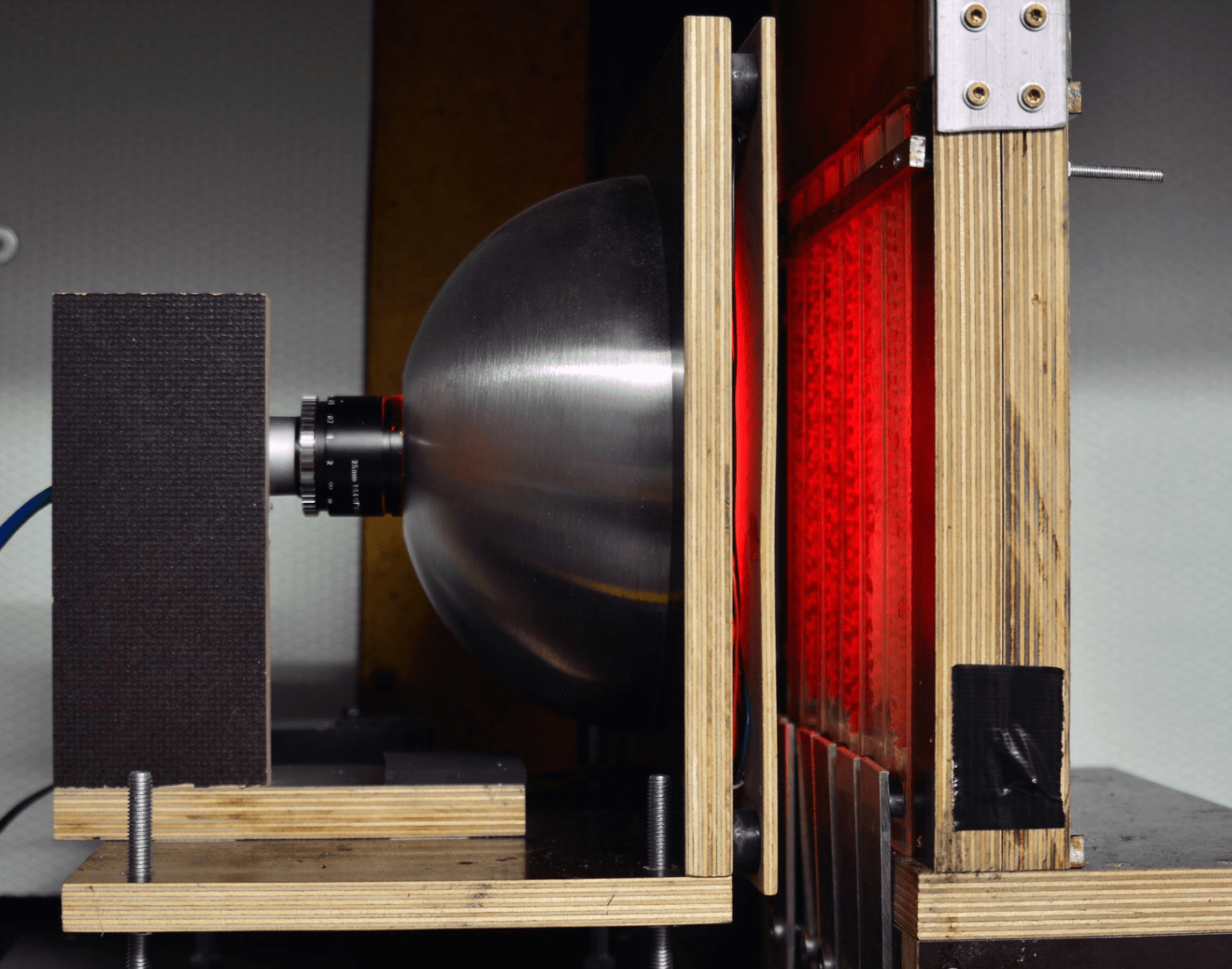Ever wonder what it’s like to be a honey bee? These new video clips, taken from within a beehive, will give you a good sense.
Extraordinary new footage shows bees working inside a hive, revealing both familiar and unfamiliar behaviours, according to new research published in PLOS One. Using a special camera configuration, the scientists, led by Paul Siefert from Goethe-Universität in Germany, were able to watch as European honey bees (Apis mellifera) cleaned their surroundings, tended to developing larvae, and even engaged in cannibalistic behaviours associated with good hive hygiene.
The new footage is good for science and scientists, but others can benefit from the new research as well.
“With our videos, we want to bring the processes of a fully functioning social insect colony into classrooms and homes, facilitating ecological awareness in modern times,” said Siefert in a PLOS One statement. “We encourage the non-commercial use of our material to educate beekeepers, the media and the public and, in turn, call attention to the general decline of insect biomass and diversity.”
Indeed, these important pollinators have taken a serious hit in recent years, with steadily declining populations for reasons that aren’t entirely clear.
The actions of an individual honey bee, while important, don’t amount to much. It’s the collective action of the entire colony that matters, as these are eusocial insects. A single bee couldn’t live on its own, but the hive is dependent on the cooperative actions of individual bees and the distribution of labour. It’s for this reason that eusocial insects, including termites and ants, are referred to as “superorganisms.” That we as humans can relate to these busy bugs makes the study of eusocial insects even more compelling.
Individual bees spend much of their time making nests, foraging for food, attending to developing young, keeping things neat and tidy, and, when necessary, defending the hive from intruders. Many of these activities happen inside the hive, but for obvious reasons it’s not easy for scientists to document these behaviours. That’s where the new research comes in.

“In a previous project, my colleagues and I investigated the effects of insecticides on honey bee brood care within the colony, using long-term video recordings,” Siefert said. “Since there was high interest in my videos from developing bees within the comb cells in the scientific community and the public, I decided to publish further behavioural videos that were also recorded during this time.”
To that end, Siefert and his colleagues sought to record honey bee behaviours inside of individual honeycomb segments and even within individual honeycomb cells. To do so, the scientists sliced up hives and placed them against glass paneling. This allowed for sideways views into cells located deep within the hive, providing a unique view of bees and their activities. Siefert said his team was able to “visualise behaviours within the comb cells” that are typically “hidden from sight, and until recently, were primarily described through texts and line drawings, which lack the dynamics of moving images.”
The new images showcase an array of behaviours, like the queen laying her eggs, embryos hatching, the cocooning of larvae, and nurse bees both overseeing and feeding the developing brood. Worker bees can be seen plugging away, building new sections of the hive and patching up areas in need of repair, in some cases using existing nest material to rework the combs.
They recorded various hygienic behaviours, such as personal grooming, surface cleaning, and cannibalism (bees will sometimes remove and/or consume abnormal brood to thwart the spread of disease and parasites).
Previously unseen behaviours include nurse bees performing mouth-to-mouth feeding with larvae, along with efforts to maintain an optimal temperature within cells in preparation for the arrival of embryos.
Siefert said he was fascinated by honey bees and how they’re “able to choose the beneficial decision for the colony,” and he wonders how they “perceive their surroundings and information, and if their actions are based on learning or instinct.”
Looking ahead, Siefert and his colleagues are hoping to use the same technique to figure out how honey bees are able to determine the right time to collect and deliver a developing egg.
